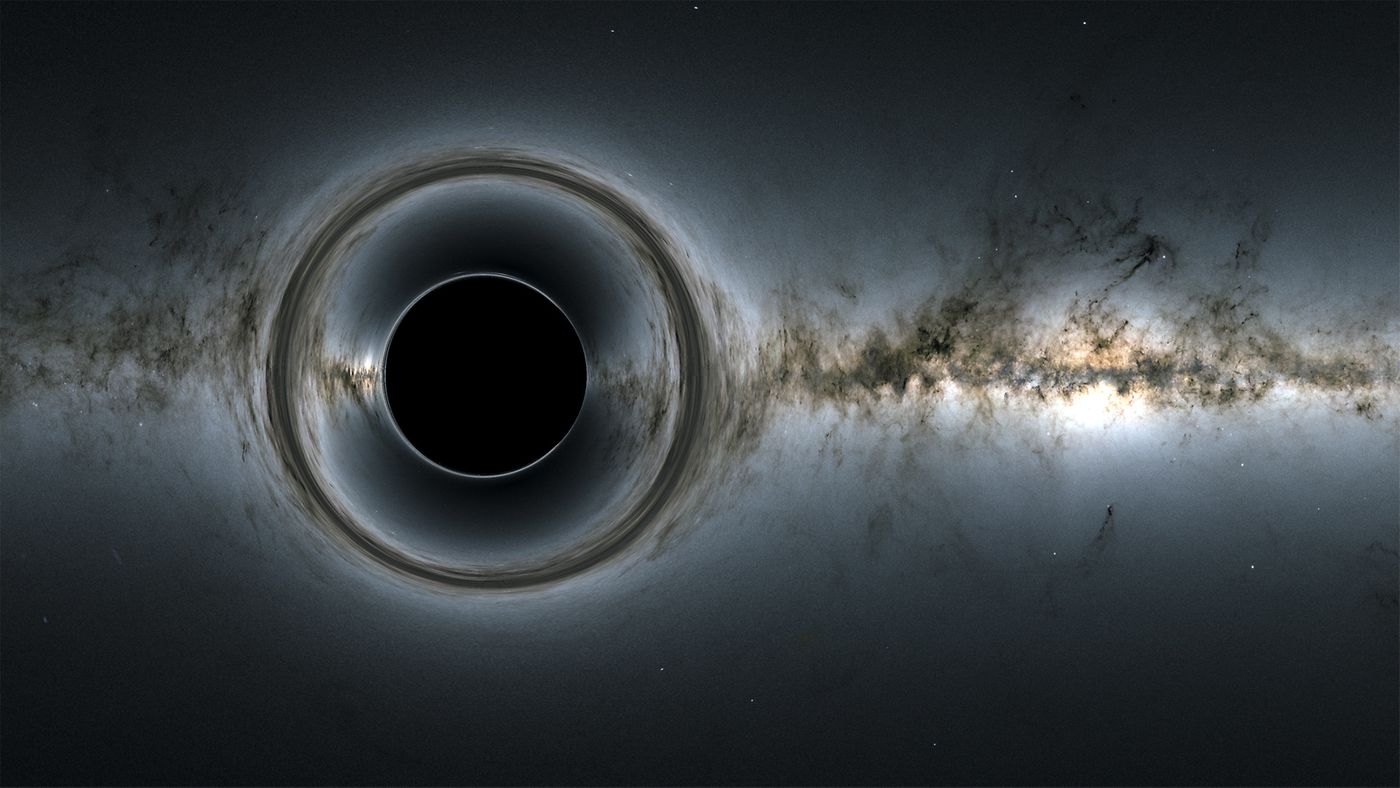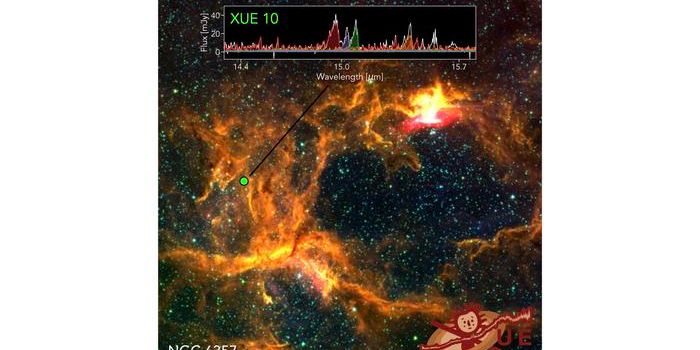New Black Hole Characteristics Puzzle Astronomers, Simulations Suggest Something Else
In a recent study that has been accepted to Physical Review D, a team of researchers use computer simulations to examine a hypothetical object that exhibits characteristics of a black hole, to include its alleged appearance and light-bending behavior, but there’s a possibility it could be something else. This study holds the potential to help scientists better understand cosmological objects and how they can be identified.
Simulation of a supermassive black hole. (Credit: NASA’s Goddard Space Flight Center; background, ESA/Gaia/DPAC)
“We were very surprised,” said Dr. Pierre Heidmann, who is a postdoctoral fellow at Johns Hopkins University (JHU), and lead author of the study. “The object looks identical to a black hole, but there’s light coming out from its dark spot.”
Black holes have become quite the sensation over the last few years, specifically with images of black holes being released in 2017 and 2020.
For this study, the researchers don’t call the object a black hole directly, instead referring to it as a topological soliton, which is a structure known in classical field theories that possesses mass but whose shape changes depending on how it’s viewed. In the case of this alleged black hole, the object gives the appearance of a blurry black hole from a distance, but something entirely different up close.
The study’s findings use this computer simulated soliton as an example to demonstrate how objects other than black holes could be hidden from even the most powerful telescopes on Earth. The findings also demonstrate how even though the soliton warps space similar to a black hole, its interaction with light is far different.
“Light is strongly bent, but instead of being absorbed like it would in a black hole, it scatters in funky motions until at one point it comes back to you in a chaotic manner,” said Dr. Heidmann. “You don’t see a dark spot. You see a lot of blur, which means light is orbiting like crazy around this weird object.”
As part of the study, the researchers created several simulations by inserting a black hole and the soliton in front of a camera lens containing pictures of outer space as if a camera had taken them. What they discovered was both objects warped the pictures due to their massive gravity.
“These are the first simulations of astrophysically relevant string theory objects, since we can actually characterize the differences between a topological soliton and a black hole as if an observer was seeing them in the sky,” said Dr. Heidmann.
The researchers say this study uses a combination of quantum mechanics, string theory, and Einstein’s theory of gravity.
“It’s the start of a wonderful research program,” said Dr. Ibrahima Bah, who is a physicist at JHU, and a co-author on the study. “We hope in the future to be able to genuinely propose new types of ultracompact stars consisting of new kinds of matter from quantum gravity.”
What new discoveries will scientists make about black holes and other mysterious objects in the universe in the coming years and decades? Only time will tell, and this is why we science!
Sources: Physical Review D, EurkeAlert!
As always, keep doing science & keep looking up!









